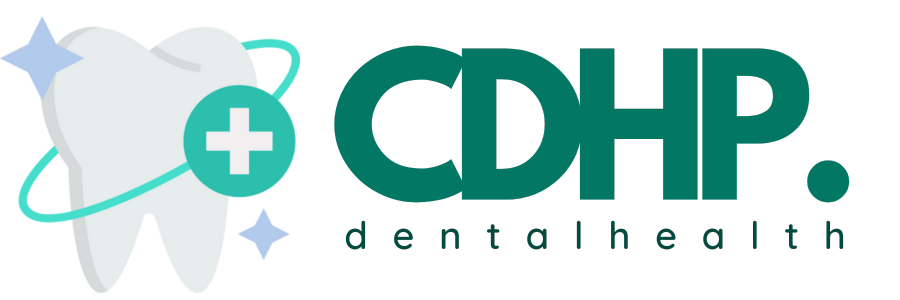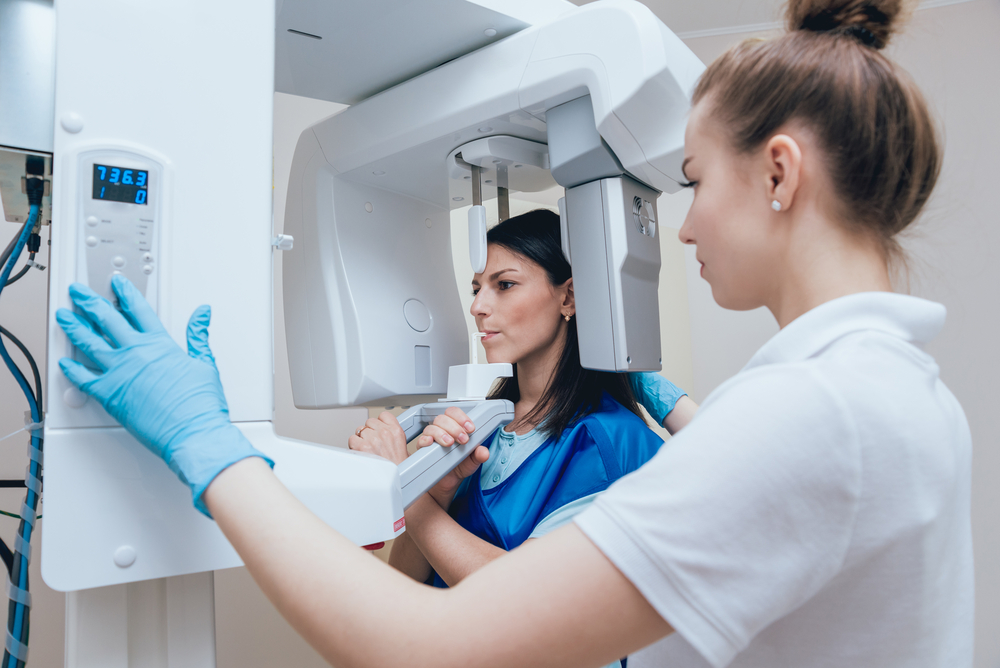There are lots of possible reasons to visit the dentist – routine exams, problems with cavities, tooth decay, gum disease, wisdom teeth removal, jaw issues, cysts, abscesses, and all sorts of other abnormalities. Yet, almost regardless of why we go and seek dental care, we’re almost always told to do a dental X-ray too.
This can sometimes feel frustrating as it almost seems like we’re being sent to the X-ray technician just so we can pay something extra on top of the already hefty bill of dental expenses. Is that all there is to it, however, or is the dental X-ray worth it? And, if it is, how much are dental X-rays without insurance and how to deal with the cost? Let’s find out below.
How Much Are Dental X-rays Without Insurance?
The exact cost you’d be asked to pay will, of course, depend on the type of dental X-ray we’re talking about. While all dental X-rays produce radiographs that help show the exact situation we’re dealing with in our oral cavities, different X-rays are useful for different situations.
So, the overall price you’d have to pay depends on this as well as on where you and your dentist are situated – prices in NYC are different from those in rural South Dakota, after all.
To give you an estimate before we delve deeper into the specifics, the full range of X-ray costs in the US is typically between $30 and $750. In most cases, however, it’s somewhere between $100 and $250 as few people require the more expensive types of X-rays. So, you can expect the average cost of a panoramic dental X-ray to be about $130 to $200 in most cases.
So, let’s get a bit more specific now.
Costs of the different types of dental X-rays
X-rays are just one thing. While they do all work on the same basic principle, they come in various types, each with its own unique features, and each used for slightly different things. That’s why we don’t just go to the X-ray technician first and then to the dentist – because we need to first go on an initial exam so that the dentist can decide what type of X-ray is necessary exactly if any – because getting the wrong type of X-ray done won’t give the dentist the information they require and will be more or less a waste of time and money on our part.
The two basic types of categories of X-rays are intraoral and extraoral. As the terms suggest, the intraoral X-rays focus on the internal parts of the oral cavity – the teeth and their roots, the gums, the bone and jaw health around the roots, and so on. These are the dental X-rays done most commonly as those tend to be the issues we go to a dentist for. They are also the less expensive types of X-rays.
Extraoral X-rays, on the other hand, look more at the health of the overall jaw and even the rest of the skull. These types of X-rays are still dental but they look more at the relationship between the teeth and the rest of the skull, not so much on the teeth themselves. Such X-rays tend to be more expensive, but, depending on their exact sub-type, they too can often be under $200. So, let’s go over the 6 main types of X-rays that fall into these two categories and see what they are, how much they cost, and why.
1. Bitewing X-ray
Simple and straightforward intraoral X-ray which is used to show the entirety of individual teeth.
2. Periapical X-ray
Similar to the above, this intraoral X-ray only shows individual teeth from the crown to the ends of the roots.
3. Palatal or Occlusal X-ray
These X-rays show entire rows of teeth – either upper or lower.
4. Panoramic X-ray
This common type of intraoral X-ray shows the entire mouth of the patient – both the upper and lower jaws together.
5. Cephalometric Projection
This extraoral X-ray shows the entirety of the patient’s left or right skull profile, including the jaw and the teeth.
6. Cone-beam Computed Tomography
The very expensive cone-beam computed tomography or CBCT created a 3D image of the entire skull as seen from all sides, including the whole jaw and all the teeth on it.
Dental X-ray Costs Depending on Where You Live
As with anything else related to our oral health, the costs of a dental X-ray will also vary greatly depending on which country, state, or even which part of town you live in and where your dentist’s office is. With or without an insurance plan, this simple location conundrum plays a huge role in the whole equation whether we like it or not.
For the US, in particular, the prices of an X-ray and other dental procedures can often close to double or even more depending on which dentist or X-ray technician you choose to go to. Fortunately, the state-by-state averages don’t have that much of a disparity because most states have both higher- and lower-priced places we can visit.
So, while the X-ray averages in many states such as Rhode Island, Massachusetts, New York, and California can be around $115 and $120, other states such as Alabama, Arkansas, Kansas, Maine, Tennessee, South Dakota, and others tend to average somewhere between $90 and $95.
Are Dental X-rays Worth It Even If You Don’t Have Insurance?
The good news is that dental X-rays are widely considered a worthy investment nowadays, almost regardless of whether you have dental insurance or not and whether you’re just going on a routine bi-yearly dental check-up or you are definitely in need of oral surgery.
In either case, a dental X-ray simply gives way too much accurate and reliable information to not be worth it – it’s great for dentists right before a procedure as it gives them all the information they need and it’s also great purely prophylactically as it tells us what our oral health is at any given moment, what we’ll need to do in the future, and how we can play our future dental expenses accordingly. In that sense, a prophylactic X-ray is an investment that pays for itself in the future.
And, if you’re worried about the radiation exposure from X-rays, you’d be happy to know that today’s digital X-rays lead to much less radiation exposure than previous types of devices. It is still recommended that pregnant people consult with their OBGYN before an X-ray, of course, but those are special cases.
How to Pay For Your Dental X-ray If You Don’t Have Insurance?
Having to pay out-of-pocket for a dentist is never fun. Yet, there are options for when we need to pay our healthcare providers but we’ve reached the maximum of our dental insurance coverage and we’re not comfortable paying out of pocket. Here are some examples:
- You can visit one of the many public dental clinics that can be found all across the US.
- You can ask your dentist about their options for dental payment plans, i.e. deferred payments.
- Consider something like a Carecredit® which can take a big part of the load of the way a credit card would but typically with more forgiving fees.
- Don’t ignore Medicaid as, in some states, it can cover some parts of dental care you may not have suspected, including X-rays.
- If you have the time, you can sign up for supplemental dental insurance – this usually takes a few months, however.
- You can also consider joining a dental discount plan – these function by lowering your dental costs rather than covering them directly.
In Conclusion
Looking into some good dental insurance plans is definitely a good idea if you know you’re going to have some major dental procedures done in the foreseeable future. Such plans can cover everything from the initial exams, the procedures themselves, the medications, and even the X-rays that’d usually need to be done one or several times during the whole process.
We don’t often have the heads-up to know if and when we’d need major dental work done, however, so we often end up caught without dental insurance when we need it the most. This is an argument in favor of better preventative care and more routine check-ups, of course, but that doesn’t help us once we’ve already found ourselves in such a situation.
The good news is that dental X-rays aren’t all that expensive most of the time, at least not compared to the other major dental expenses that come after them. So, while we usually can pay the cost of dental X-rays out-of-pocket relatively easily even without insurance coverage, we can end up in hot water with the other related expenses. Fortunately, that’s when things such as dental payment plants, Medicaid, Carecredit, dental discount/savings plans, and supplemental dental insurance can come into play.

